Everything you need to know about Formula 1
Your guide to the Formula 1 2018 season. What's new, who to look out for and which teams are expected to do well.
Top stats
Number of teams in the 2018 season: 20
Number of drivers: 40 - two per team
Worldwide viewers: 350m
How loud is a Formula 1 race: Up to 140db - that's like standing next to an aeroplane taking off.
How fast is a Formula 1 car: In 2016 Valtteri Bottas was recorded doing 231.48 mph at the Mexican Grand Prix.
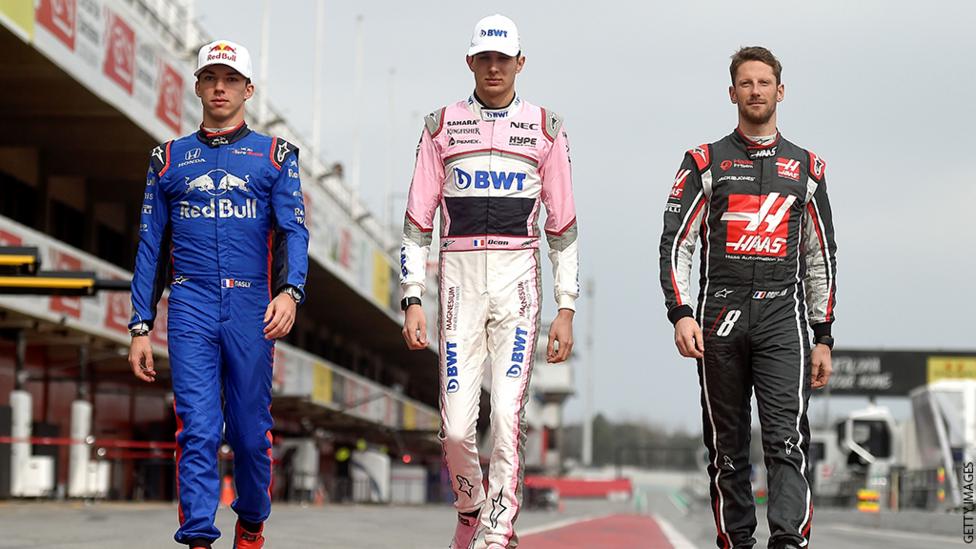
Toro Rosso's Pierre Gaslyat, Force India's Esteban Ocon and Haas' Romain Grosjean.
How long is a Formula 1 race?
It's the number of laps it takes to complete 305km. For instance at the British Grand Prix at Silverstone there are 51 laps in the race. The only exception is the Monaco Grand Prix which is only 260.5 km because it's a street race rather than a circuit race.
The time it takes to finish the race is usually around 90 minutes and can be no longer than two hours, for driver safety reasons.
Who is the favourite to win the championship?

Lewis Hamilton, Mercedes
Lewis will be looking to take his fifth championship title having been very dominant last season and comfortably winning with two races spare, ending 46 points ahead of his nearest opponent, Sebastian Vettel. Another championship would make him the joint second all time championship holder with Juan Manuel Fangio on five titles. Michael Schumacher is number one with seven titles.
Mercedes has won the Constructors’ Championship for the last four years, they are favourites to win the award with their new car the W09. Over 1,500 people have worked on the car to make it even more competitive than last year's model, the W08.
Who else is going to be challenging for the title?
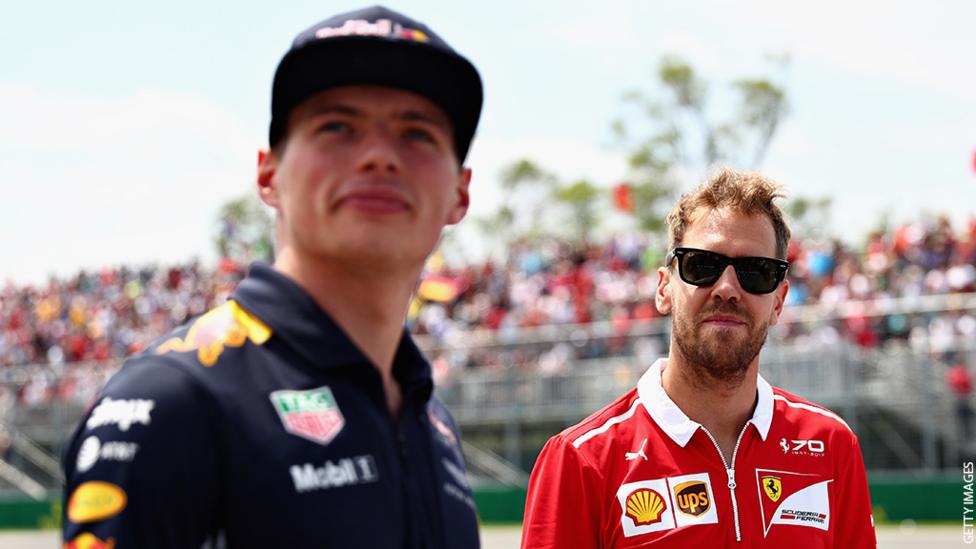
Max Verstappen of Red Bull and Sebastian Vettel of Ferrari.
Sebastian Vettel, Ferrari
Sebastian Vettel is also looking for his fifth championship in the the Ferrari, having won 2010, 2011, 2012 and 2013 with Red Bull. He was second to Lewis last season, but there are questions if the car will be as strong as it was last season.
Max Verstappen, Red Bull
Red Bull ended last season strongly. At just 20 years old, Max Verstappen is already into his third season driving, and is widely considered the future of F1. If Red Bull have a good start then he could be a title contender.
Who else should I look out for?

Sauber’s Charles Leclerc
Aged 20, Charles Leclerc has been signed up to Sauber having been in the Ferrari development programme. He's the reigning F2 champion and won the championship in his debut season in a dominant manner. Before that that he was also GP3 champion. He's driving for Sauber who are not expected to challenge for the title but he's certainly one to look out for in the lower grid positions. It's rumoured that if he does well he might be driving for Ferrari in the 2019 season.
How long is the season?

There are 21 races in the 2018 season. The first race is on 25th March in Melbourne Australia and the final race in on 25th November in Abu Dhabi. Most races are two weeks apart but some are on back-to-back weekends and there's a mid-season break for four weeks in July and August. The British Grand Prix is on Sunday 8th July.
What are the F1 flags for?
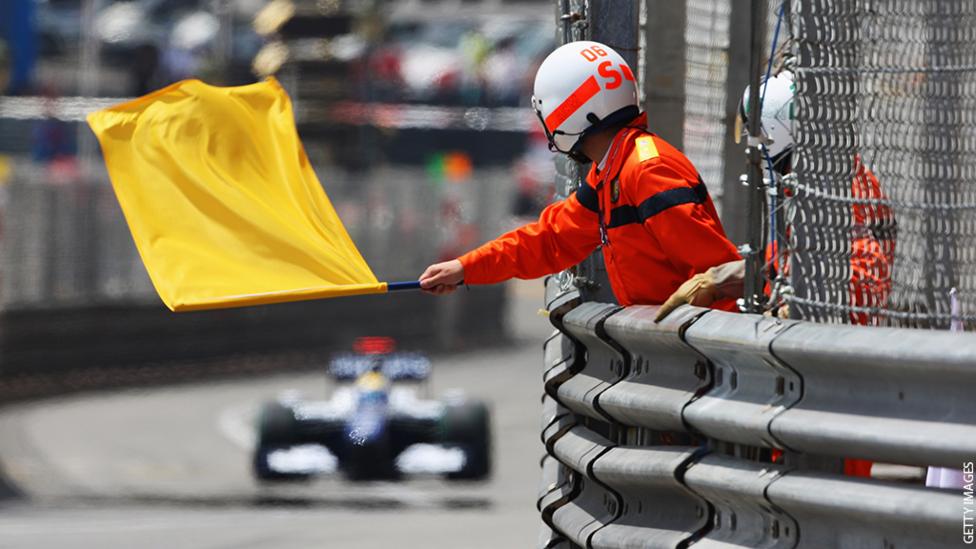
Formula 1 safety marshals at various points around the circuit are issued with a number of flags to communicate vital messages to the drivers as they race around the track.
Some of the flags you'll see are:
Chequered flag: At the end of the race it is shown first to the winner and then to every car that crosses the line behind him.
Yellow flag : Indicates danger ahead and warns drivers to slow down.
Green flag: The driver has passed the potential danger point and normal race conditions apply.
Red flag: The session has been stopped, usually due to an accident or poor track conditions.
Blue flag: Warns a driver that he is about to be lapped and to let the faster car overtake.
What are pit stops for?
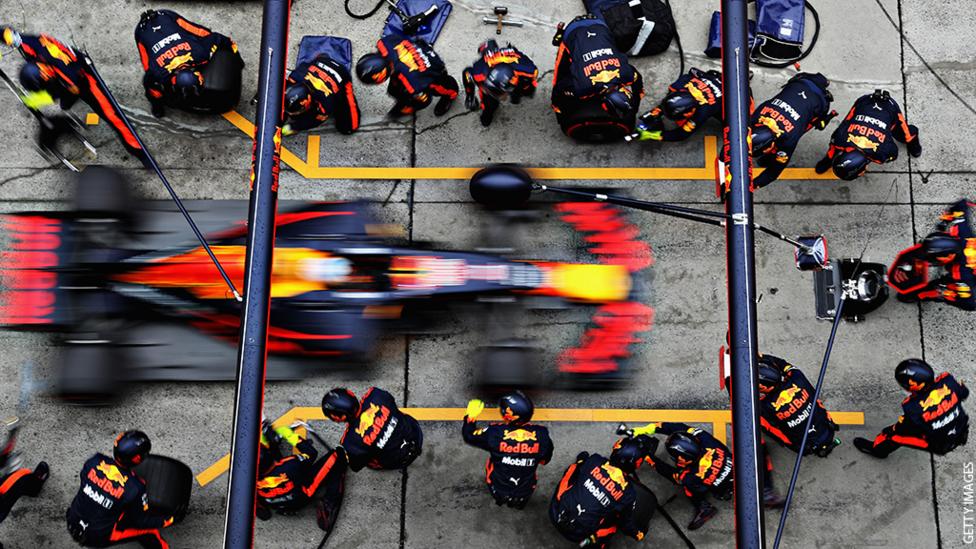
A pit stop needs to be very quick to help the team stay competitive in races. Up to 20 people work together to change four wheels, make adjustments and change parts if needed, and even scrub a driver's visor to help him see. Usually this all happens in under three seconds but the fastest ever wheel change pitstop was recorded by Williams in 2016 at just 1.9 seconds.
How do you get your starting position in the race?
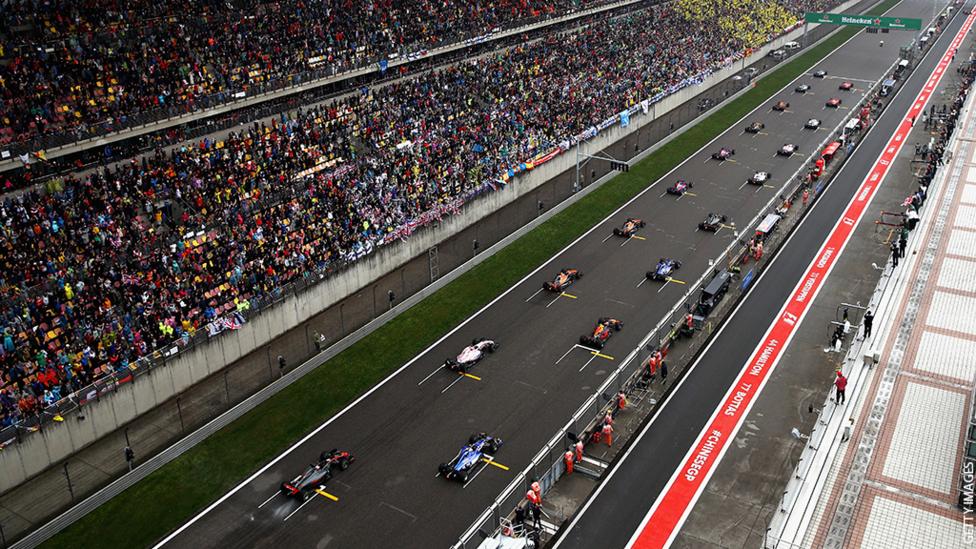
Practice Sessions
All drivers must participate in at least one of the three practice sessions to qualify for the race. There are two 90-minute practice sessions on the Friday and a 60-minute practice session on the Saturday morning.
Qualifying
The qualifying session happens on Saturday afternoons and decides the drivers’ starting positions in the race from 1 to 20. It's split into three rounds of qualifying called Q1, Q2 and Q3. In qualifying, drivers are on track at the same time, and are allowed to do as many laps as they want in this time.
All 20 cars take part in Q1 and the slowest five take positions 16-20 in the race. In Q2, 15 cars compete and the slowest five determine positions 11-15, and Q3 features ten cars competing for pole position, with the fastest lap taking first place in the race.
How does a race start?
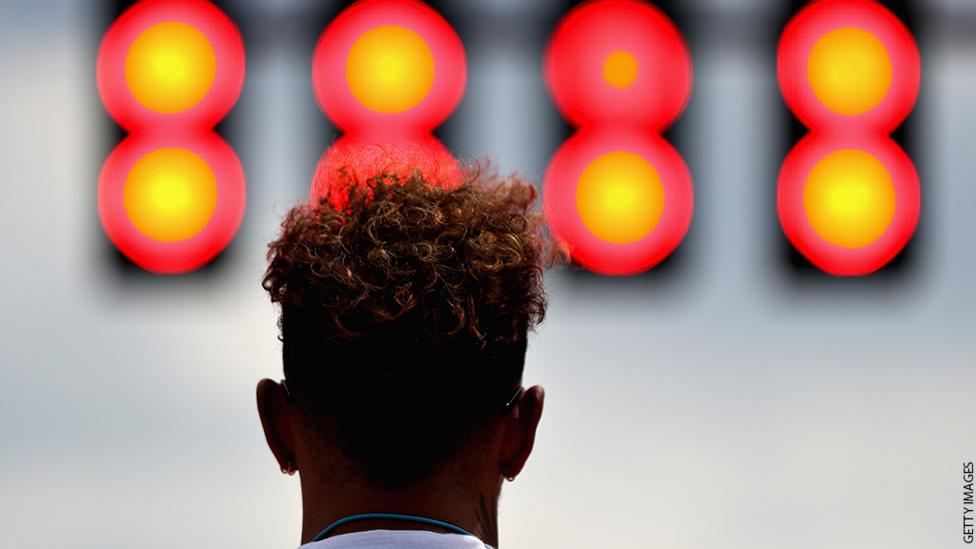
Cars come out from the pits about 30 minutes before the race is due to start and take their positions on the grid, determined in the qualifying.
Shortly before the race starts there's a 'formation lap' that is used to warm up the cars and tyres ready for the race. Cars must move in grid order without overtaking.
Once all cars have returned to their starting grid position, five red lights appear on the start board at one-second intervals. When these red lights go out the race starts and all drivers can go.
Why are the tyres different colours?
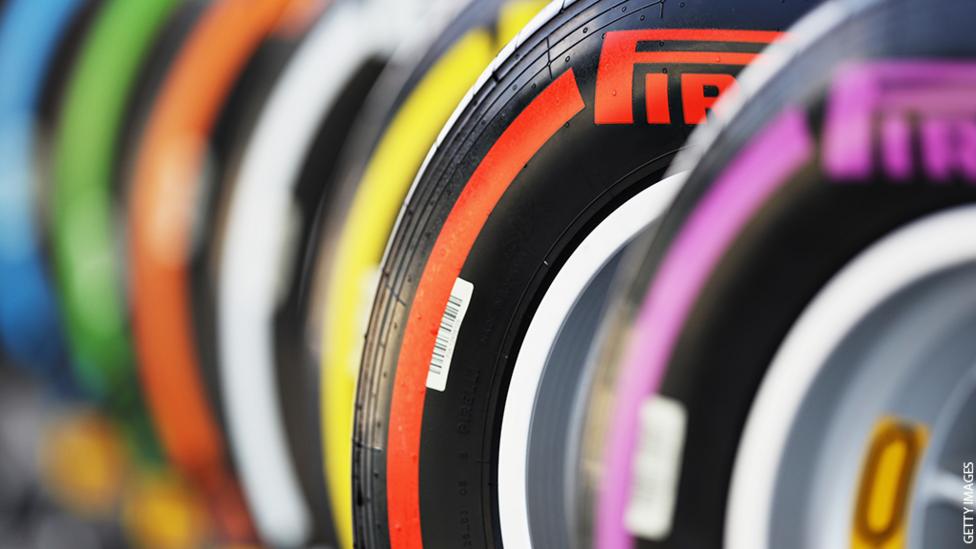
There are nine variations of tyres used in Formula 1 and each has a different colour depending on their hardness. There are seven tyres for dry conditions from hyper-soft to super-hard, and two for rainy conditions; intermediates and wet weather.
Only three types of the dry tyre options are available to each team at every Grand Prix and drivers must use at least two types during the race. A Formula 1 tyre will only last between 60-100km, whilst softer tyres generally tend to be quicker than harder ones; they're also less durable and wear out quicker, so it's important the team pick the most suitable tyres and change them at the right time in the race.
What's new this season?
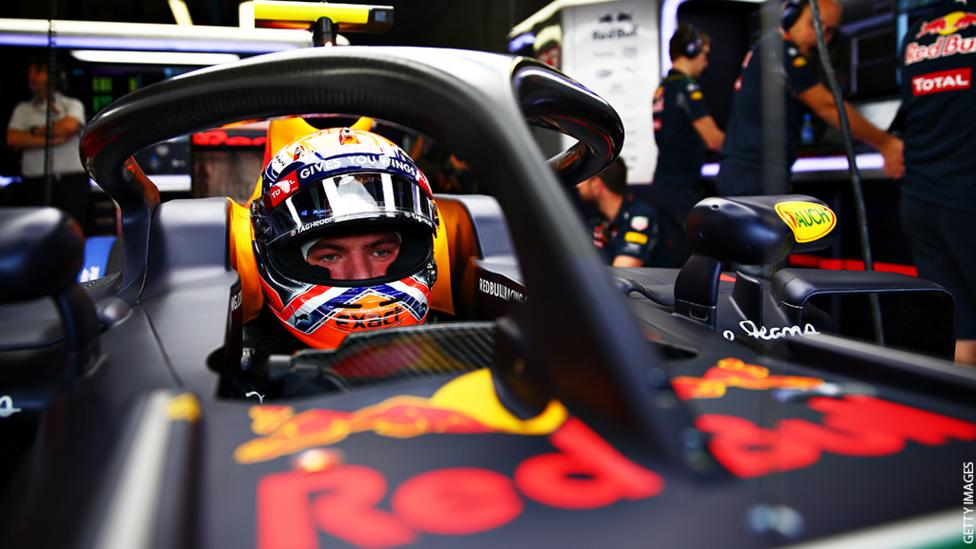
Halo
F1 cars now have to include the halo system in the driver cockpit. It's a titanium structure that has been designed to protect the driver from flying objects and keep them safer if they crash. It is so strong that it could take the weight of a double decker bus without breaking. Though it comes down right in front of the driver, the drivers welcomed the extra protection and very few have complained about visibility issues.
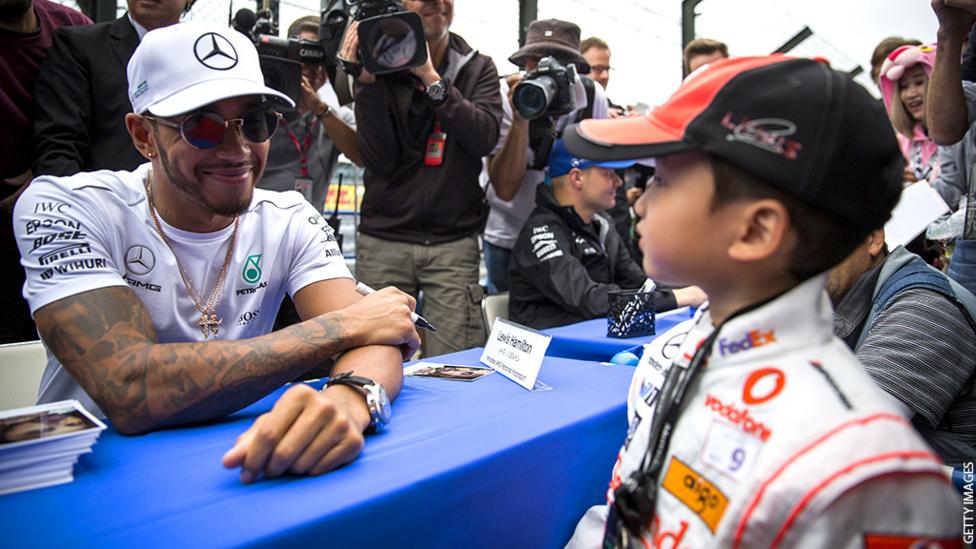
Grid kids
Formula 1 is to replace 'grid girls' with a new programme called 'grid kids'. Formerly, female promotional models would appear on the track before races. They would be wearing clothes bearing the names of sponsors on the track and would hold up driver name-boards. However, from this season, children who compete in karting or junior racing categories will now be chosen by national motorsport authorities to perform these duties.
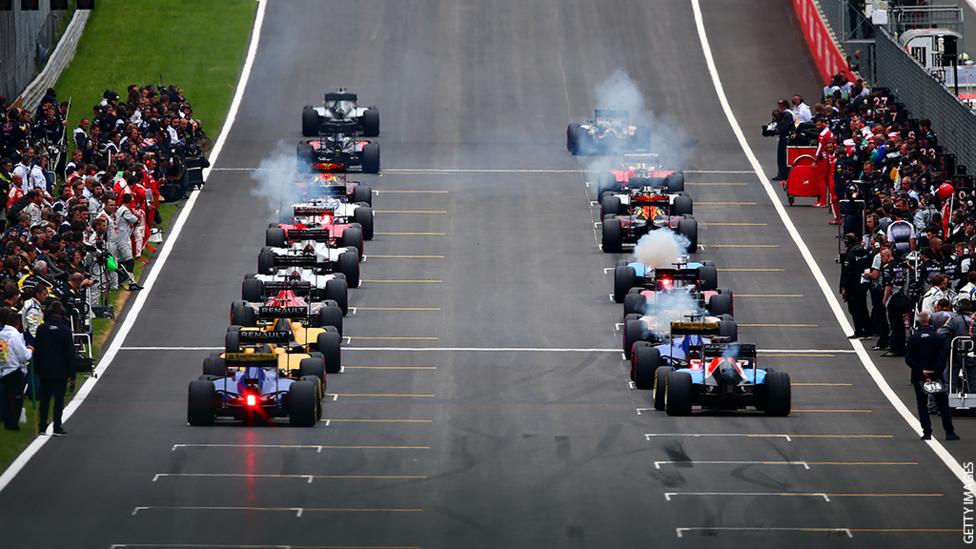
A new start time
Races this year will start at ten past the hour and European races will start an hour later to increase viewing across the world. So the British Grand Prix will now start at 2:10pm instead of 1pm last season.
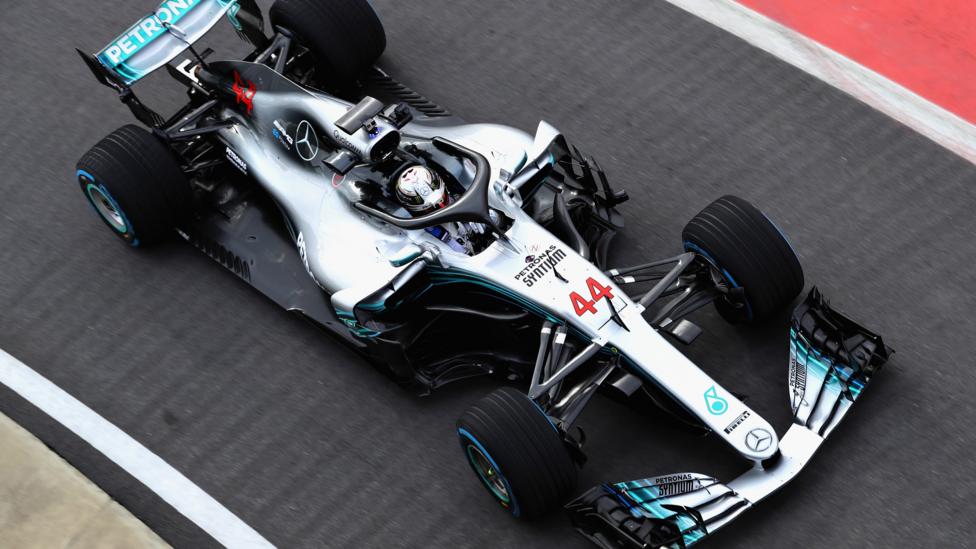
Three engines per season instead of four
Each car is limited to use just three engines over the 21 races of the season, down from four engines last year. The cars are made for performance over reliability, so this could have a major effect on which teams do well. It has been introduced to help reduce costs for the Formula 1 teams.
Want more?
If you love Formula 1 and want the latest F1 news check out the Formula 1 on BBC Sport